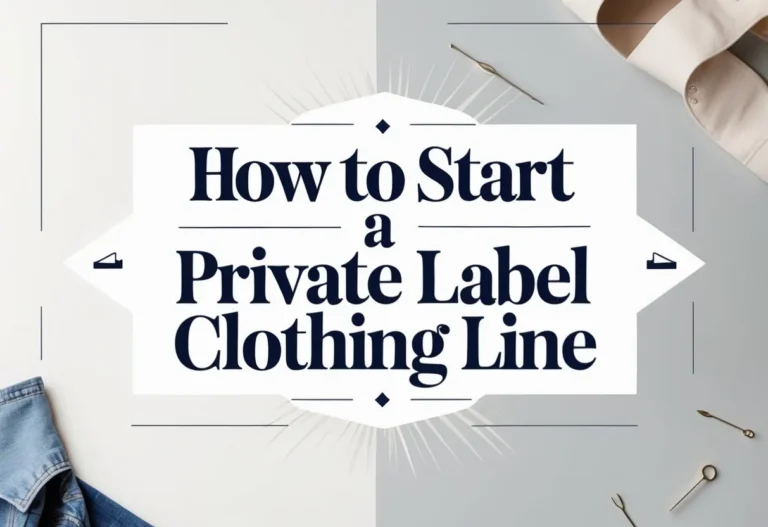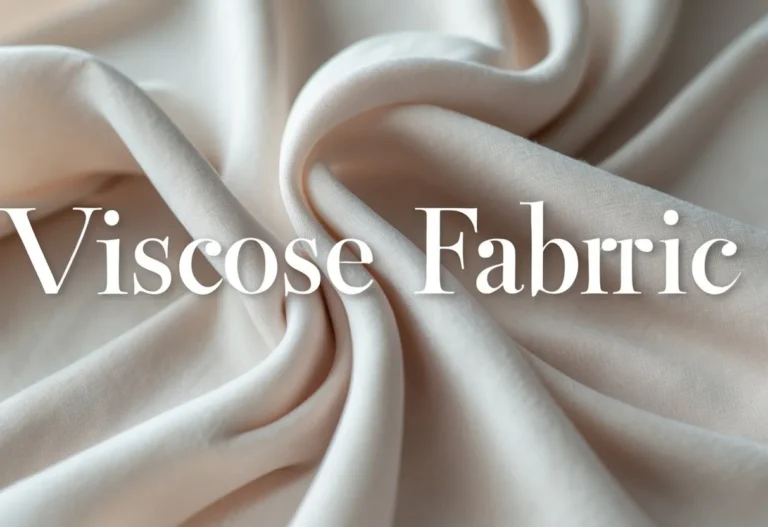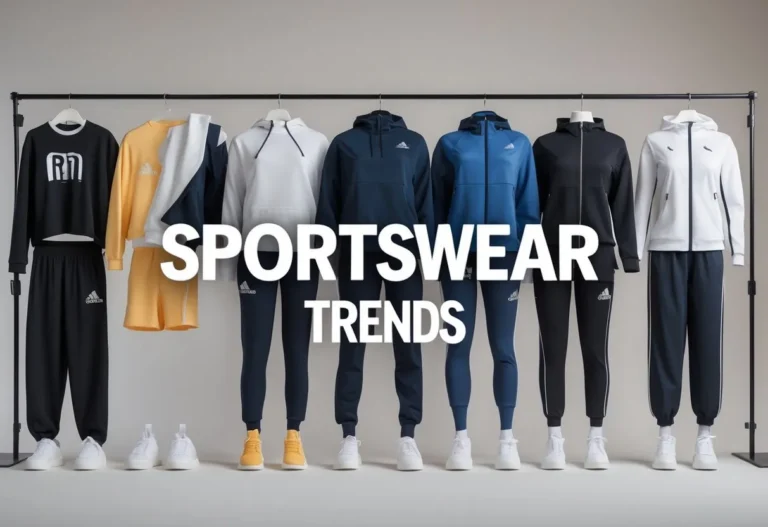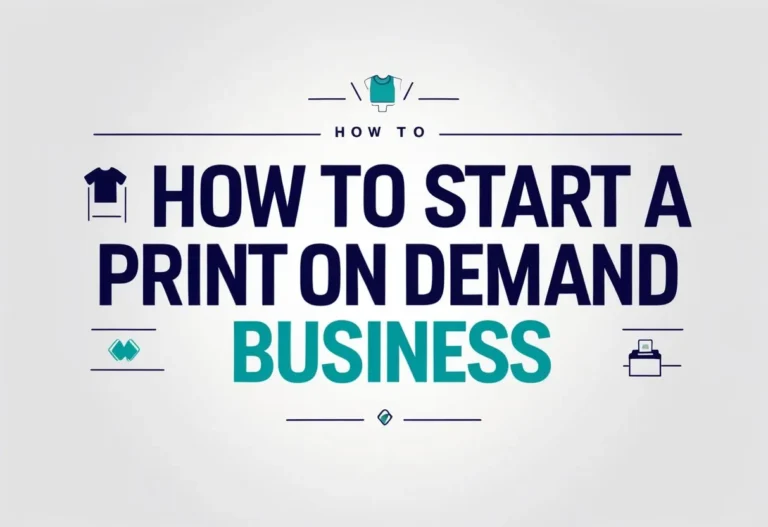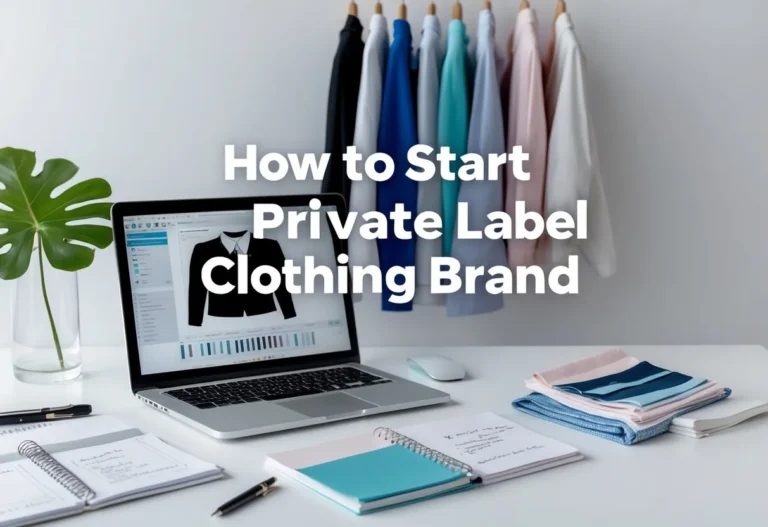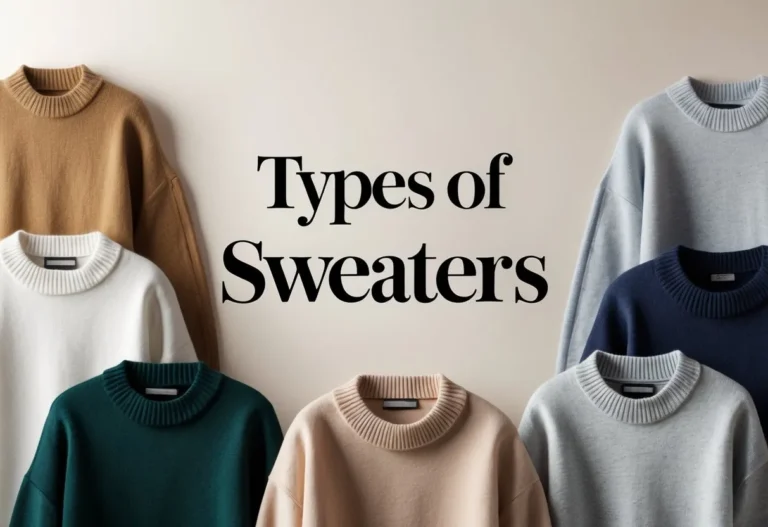Choosing the right bra can make a big difference in comfort and appearance. With many styles available, it can be confusing to know which one fits best for different outfits and occasions. Understanding bra types helps people find the one that meets their needs.
This article explains 11 common types of bras to help readers make informed choices. Knowing the basics of each style allows individuals to select bras that offer the right support, fit, and look. This knowledge is useful for everyday wear and special events alike.
1) T-shirt Bra
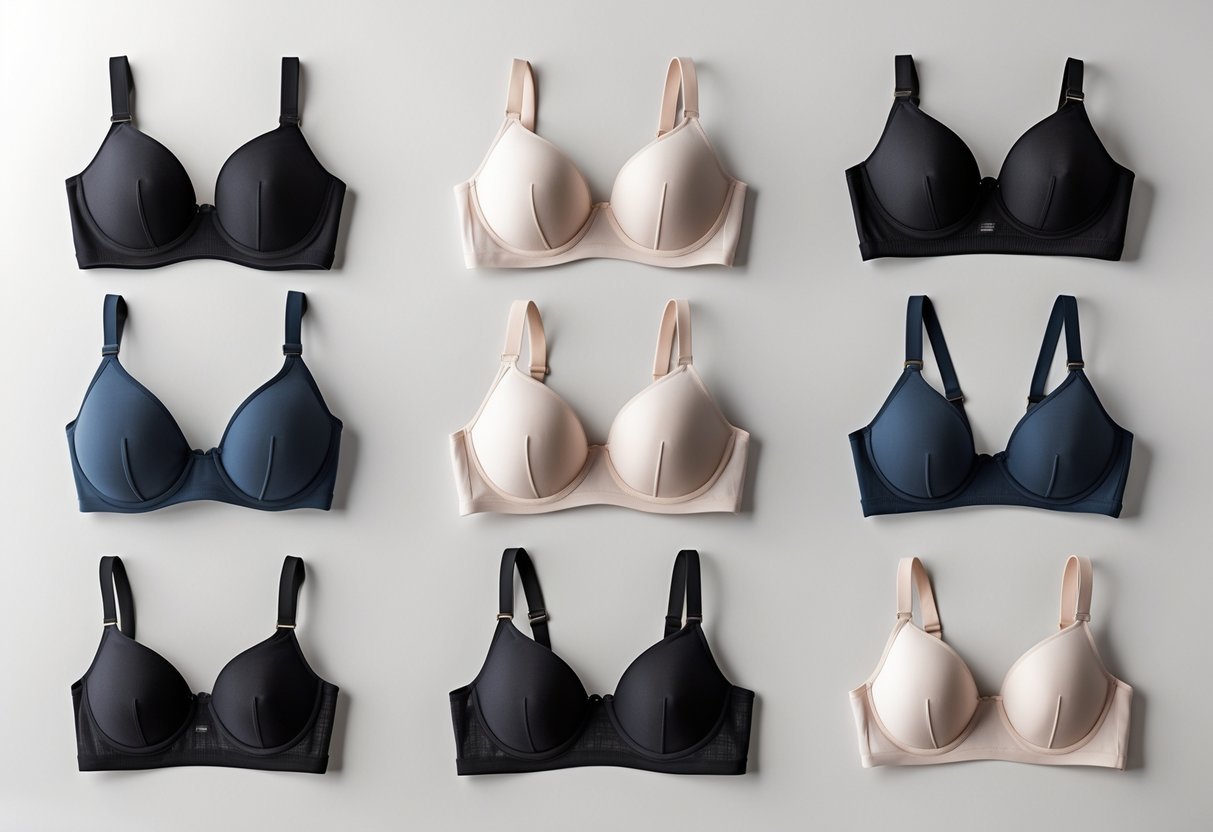
A T-shirt bra is designed to be smooth and invisible under tight or thin clothing. It usually has molded cups without seams, which helps create a natural shape. This makes it a popular choice for everyday wear and outfits where you want a clean look.
The T-shirt bra often includes light padding for modesty and shape but avoids bulky materials. It provides good support while staying comfortable. Some models have underwires, while others are wire-free, catering to different preferences.
Because of its seamless design, the T-shirt bra works well with many outfit types. It suits both small and large busts and comes in various styles like strapless or wireless. Many brands offer options in this category to meet different needs and budgets.
2) Push-Up Bra
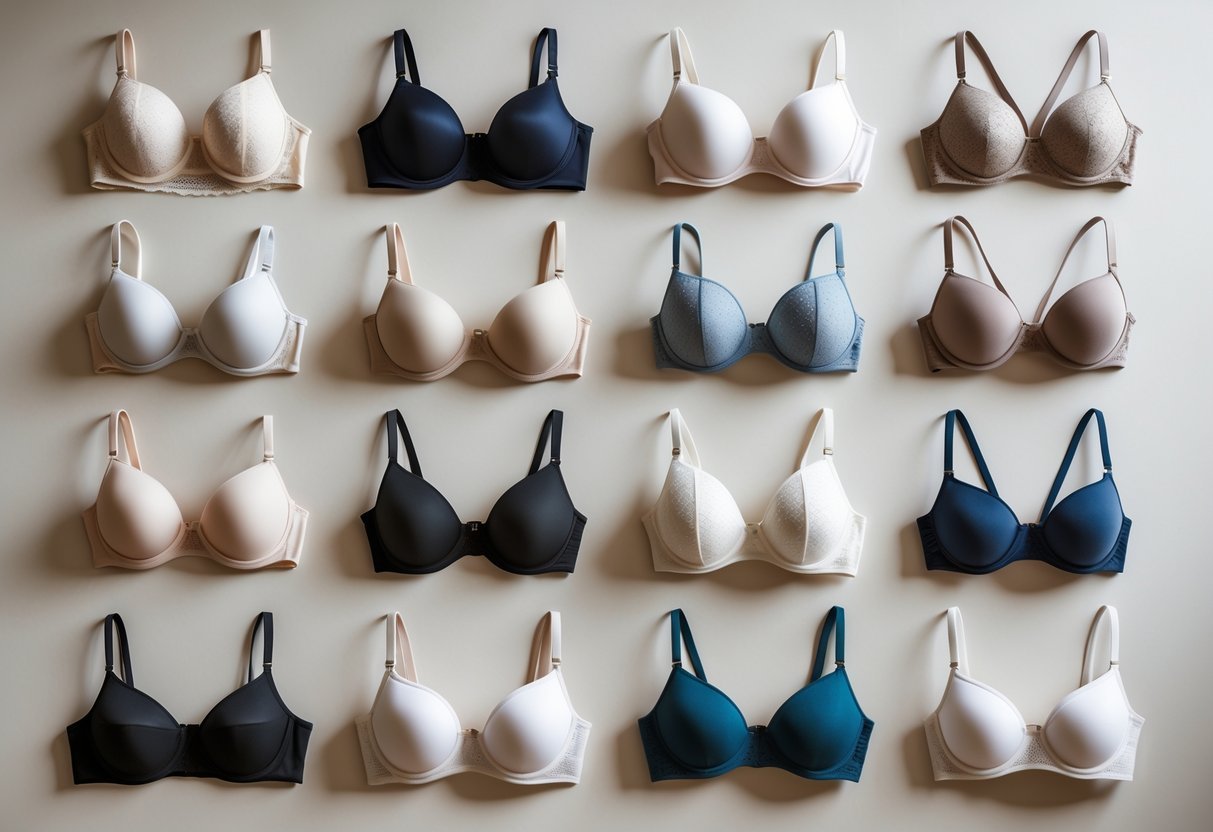
A push-up bra is designed to lift the breasts and create more cleavage. It usually has extra padding at the bottom or sides of the cups to push the breasts upward and inward.
Push-up bras come in different styles, including strapless, wireless, and plunge designs. This variety helps suit many body types and outfit needs.
The amount of padding can vary. Some push-up bras offer a natural lift, while others provide a more dramatic boost. This lets individuals pick the best option for their look and comfort.
There are also specialized push-up bras for people who have had a mastectomy. These bras provide lift and shape while fitting breast prostheses.
Push-up bras work well for creating a flattering shape under fitted tops. They can boost confidence by enhancing the natural contour without needing extra layers.
3) Balconette Bra
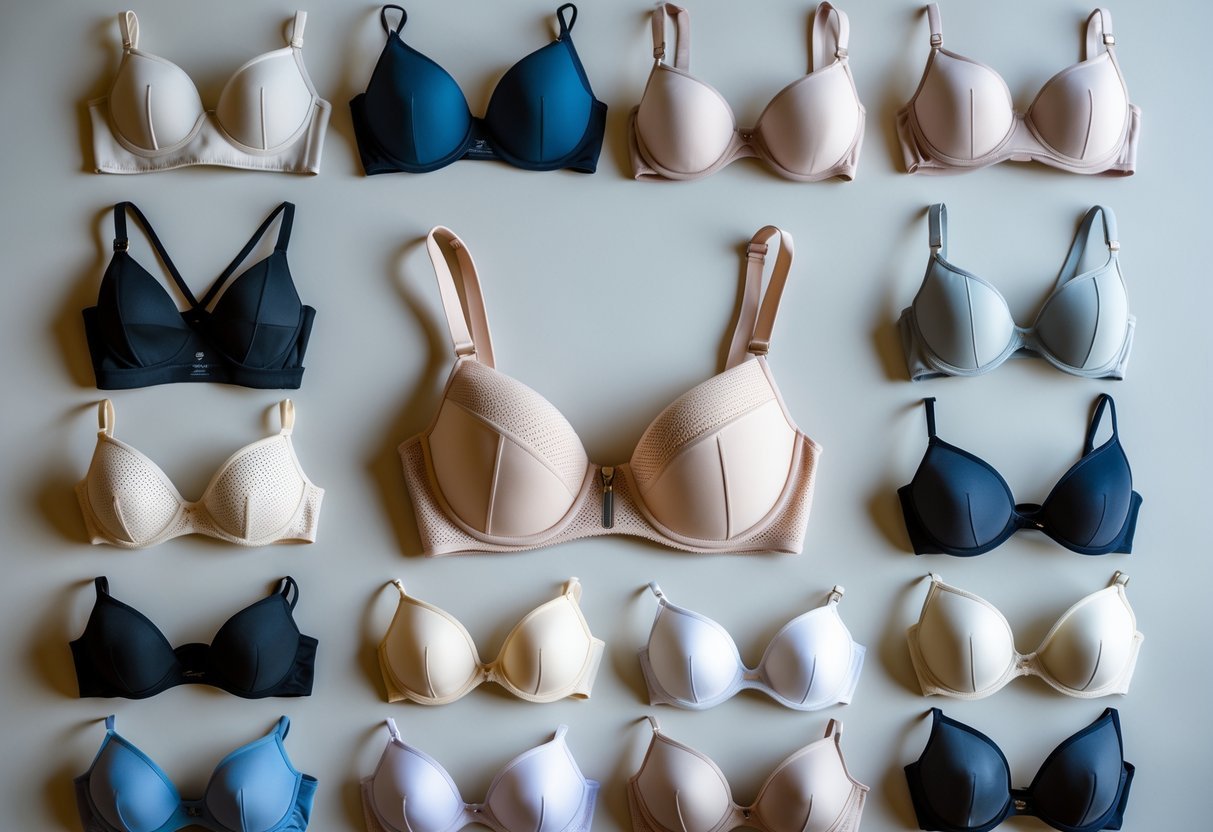
A balconette bra offers less coverage than a full-cup bra but still provides good support. It lifts the breasts from below, creating a rounded shape and a natural-looking cleavage.
The cups are cut low, making it a good choice to wear under clothes with wide or square necklines. The straps are set wider apart than in many other bra styles, which helps keep them hidden under certain tops.
This bra works well for many breast shapes and sizes. It is especially popular for those who want a subtle lift without the padding or shaping of a push-up bra.
Balconette bras often have a feminine and elegant design. They can come in many fabrics, including lace and smooth materials, making them versatile for different occasions.
Overall, it balances support, comfort, and style, making it a practical option for everyday wear or special outfits.
4) Strapless Bra
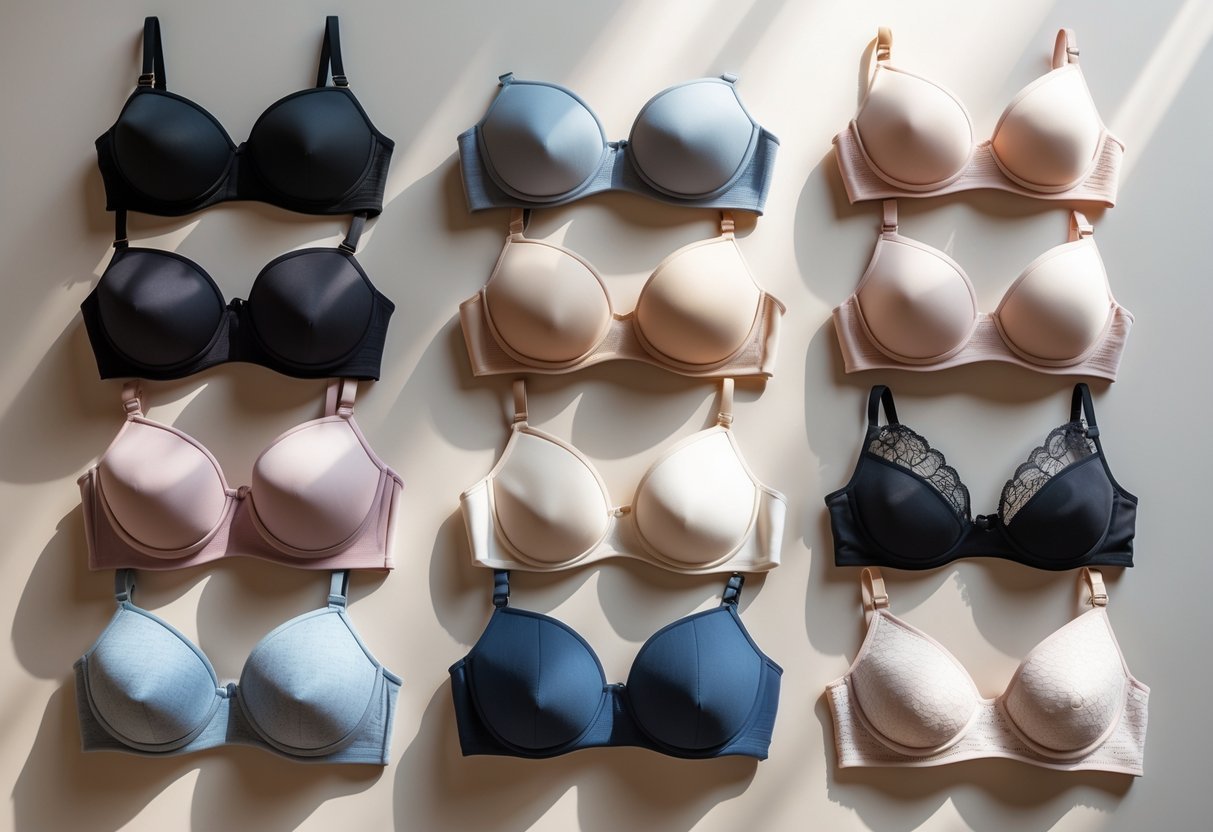
A strapless bra is designed to be worn without shoulder straps. It is a good choice for outfits with bare shoulders or tricky necklines. This type of bra offers support while staying hidden under clothes.
Strapless bras come in many styles like padded, underwire, or bandeau. Some have silicone or rubber strips inside to prevent slipping. This helps the bra stay in place throughout the day.
Support and comfort are important in a strapless bra. People with different bust sizes can find options made to fit small to large chests. Testing shows some strapless bras provide strong support without causing discomfort.
They are useful for special occasions and everyday wear. Many strapless bras also work well under one-shoulder or backless dresses. Choosing the right size and fit helps avoid slipping and discomfort.
5) Sports Bra
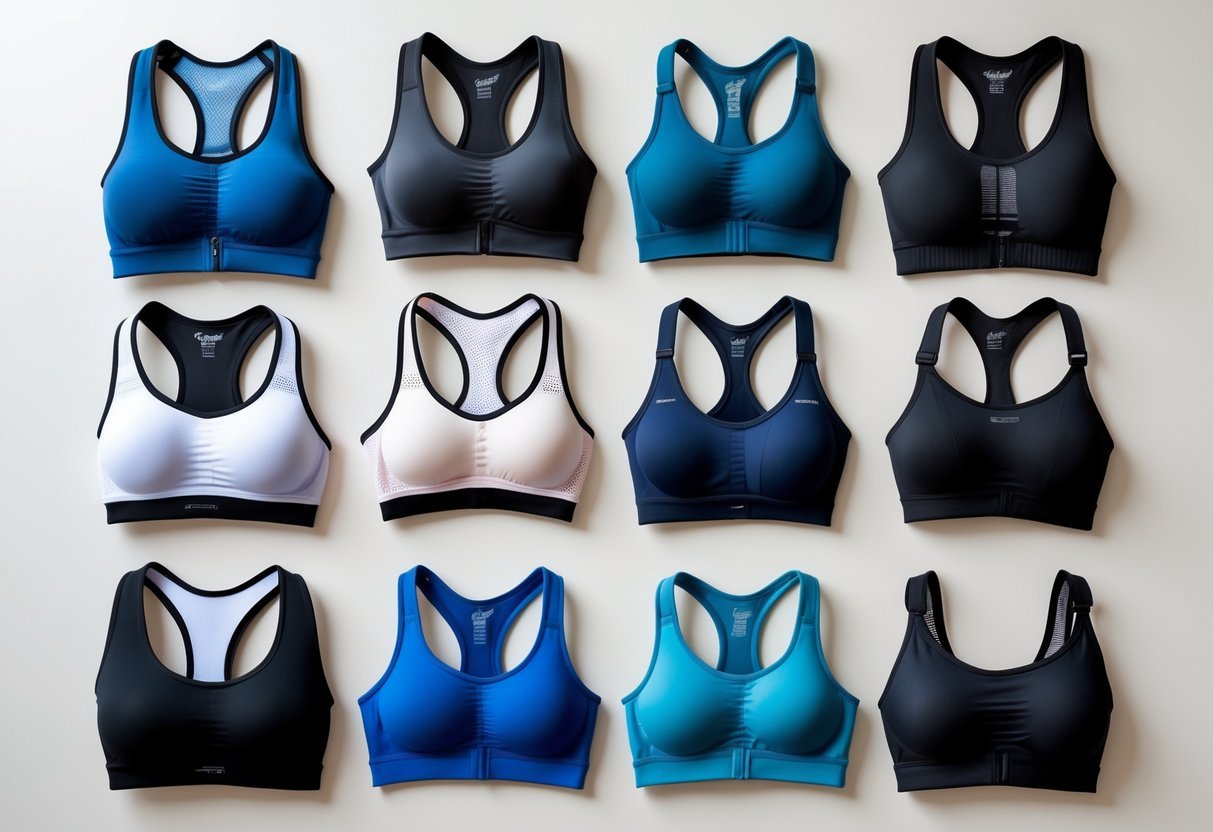
A sports bra is designed to provide support during physical activities. It helps reduce breast movement and discomfort while exercising.
There are three main types: compression, encapsulation, and combination. Compression bras press the breasts against the chest to limit movement. Encapsulation bras have separate cups for each breast, offering more shape and support. Combination bras use both methods.
Sports bras come with different levels of support: low, medium, and high. Low support is best for activities like yoga or walking. Medium suits cycling or hiking. High support is needed for running or high-impact workouts.
Choosing the right sports bra depends on the activity, body shape, and comfort needs. For larger bust sizes, encapsulation or combination bras often provide better support and shape than compression bras.
Comfort and fit are important. A well-fitting sports bra should feel snug but not too tight. Proper support helps prevent pain and injury during exercise.
6) Padded Bra
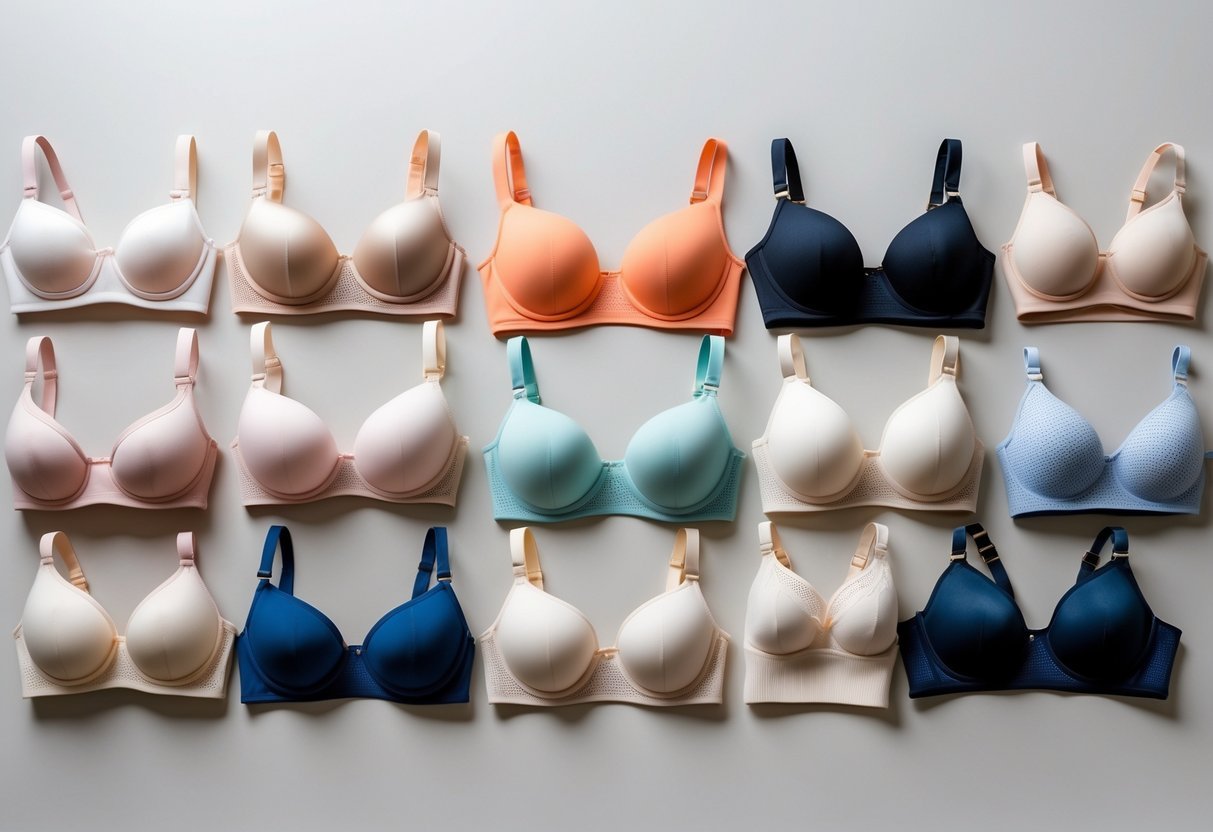
A padded bra has extra material inside the cups to add shape and volume. It helps create a fuller look for those who want more boost or have smaller breasts.
This type of bra can also provide comfort by adding a soft layer between the skin and the bra fabric. Many women choose padded bras for a smooth silhouette under clothes.
Padded bras come in several styles like push-up, seamless, and t-shirt bras. Each style offers different levels of padding and support to fit various needs.
They work well for everyday wear or special occasions when a more defined shape is desired. Some padded bras also include removable inserts, allowing customization.
7) Plunge Bra

A plunge bra is designed with a deep V-shaped neckline. It covers less of the breast, usually about one-third, which makes it suitable for low-cut tops and dresses.
The bra has angled cups and underwire to lift the breasts and enhance cleavage. This design helps create a natural shape while remaining discreet under low necklines.
Plunge bras work well for women with small to medium-sized breasts. They provide support without adding extra bulk, making them comfortable for many to wear.
There are different styles of plunge bras, including padded, push-up, and wire-free options. Some even come with removable pads for adjustable lift and shaping.
Because of its low center front, the plunge bra avoids showing bra lines above the clothing. It is a practical choice for outfits with deep V-necks, scoop necks, and wrap tops.
Overall, plunge bras combine style and function. They offer a good mix of support and a flattering look for specific necklines.
8) Bralette
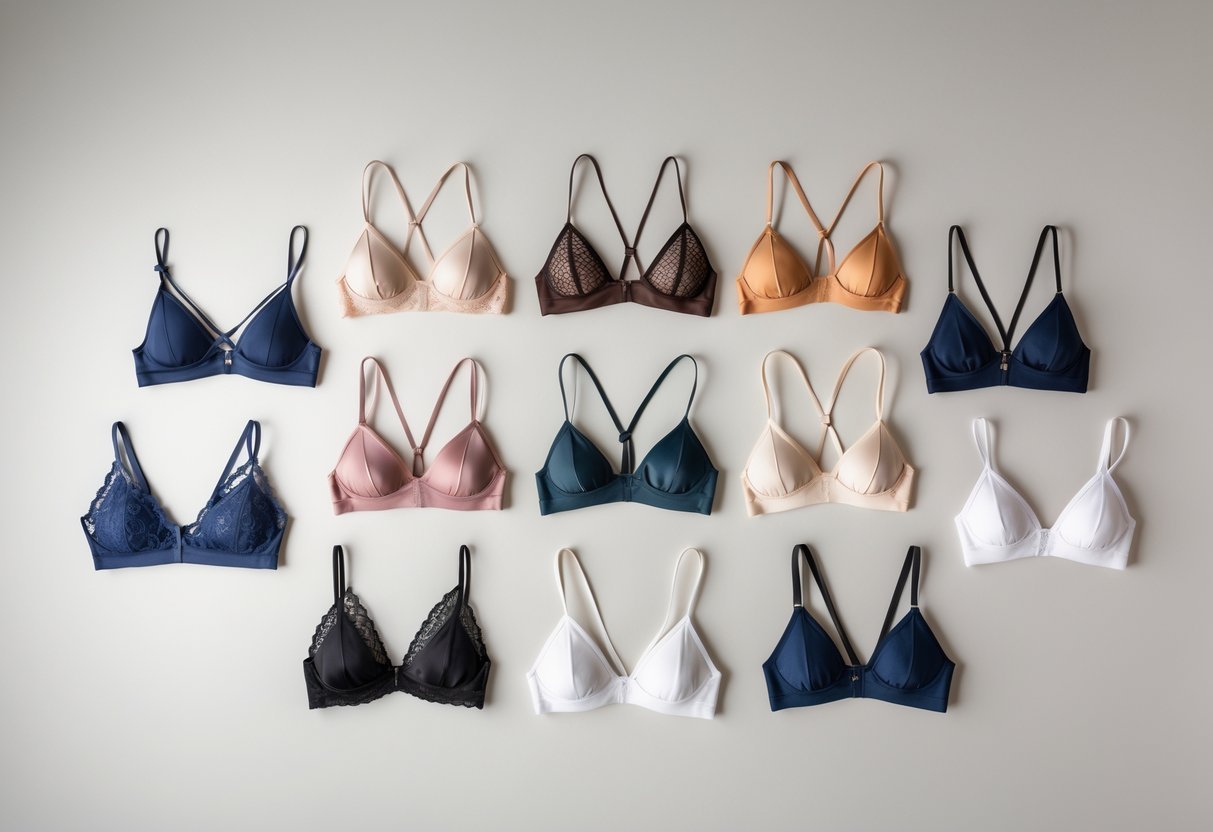
A bralette is a lightweight bra that often has no underwire or heavy padding. It focuses on comfort and is usually made from soft fabrics like cotton or lace.
People choose bralettes for everyday wear or lounging because they feel less restrictive than traditional bras. They also work well for layering under clothes.
Bralettes come in many styles, including sporty, lacy, and strappy designs. Some are simple, while others can be worn as a fashion statement.
Because bralettes lack structured support, they may not suit everyone, especially those needing more lift or shaping. However, they offer a good option for those who prefer a natural silhouette.
They are easy to care for and often last longer due to the absence of wires and padding. Overall, bralettes combine style and comfort in a versatile way.
9) Convertible Bra

A convertible bra is designed with detachable straps. This feature allows it to be worn in different ways to match various outfits and necklines.
The straps can be rearranged or removed completely. This makes it possible to wear the bra as strapless, cross-back, halter, or one-shoulder.
It offers flexibility for people who want one bra that works for many styles. It solves problems like visible straps or strap slippage.
Convertible bras are useful for special occasions or everyday wear. They adapt to different clothes without needing multiple bras.
The fit and support remain reliable, even when straps are adjusted. This style is popular for its versatility and convenience.
10) Seamless Bra
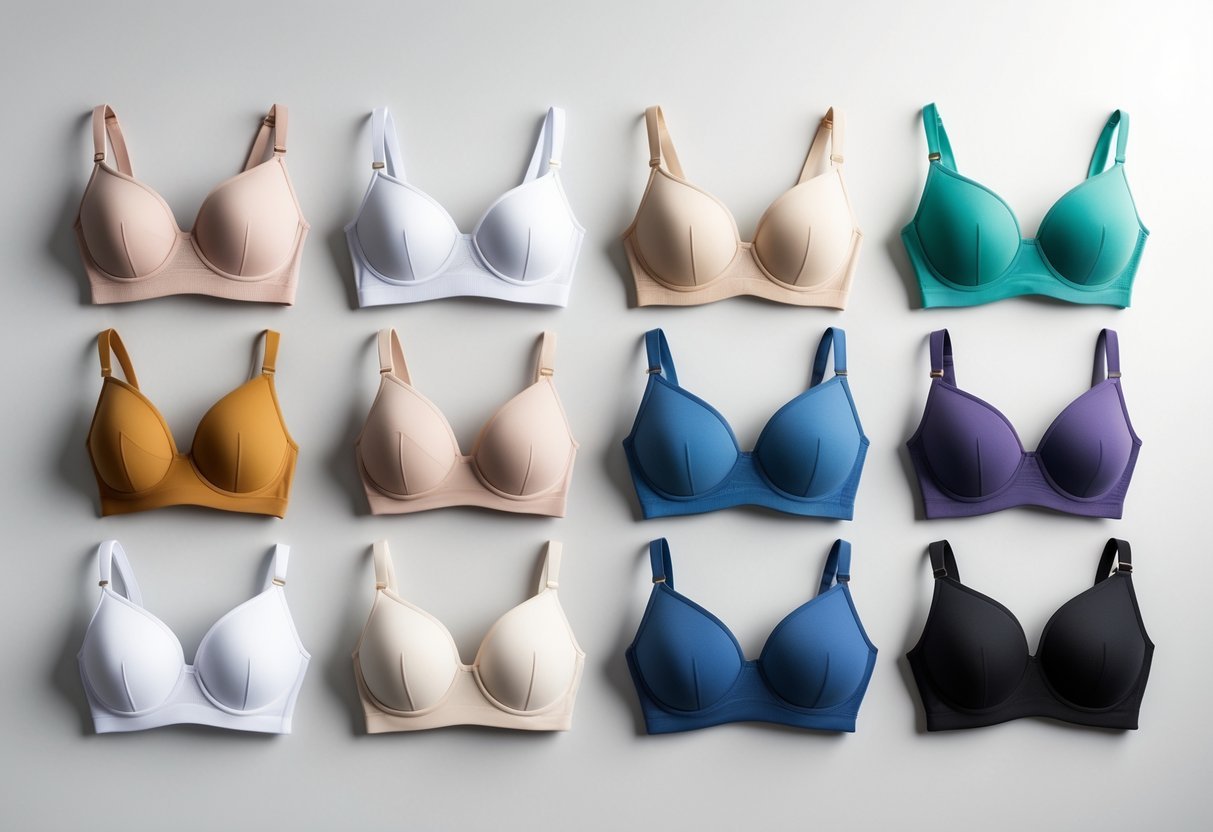
A seamless bra is designed without visible seams or stitching. This helps it stay smooth under clothing. Many people choose seamless bras for comfort and a clean look.
Seamless bras come in different styles. These include bralettes, sports bras, and push-up bras. This variety allows them to fit many needs, whether for everyday wear or special occasions.
They often use stretchy, soft fabrics. This gives a comfortable fit that moves with the body. Many seamless bras offer good support without the bulk of thick padding or underwires.
These bras work well under tight or thin clothes. They avoid lines showing through the fabric. Some seamless bras also include padding or light shaping to enhance the silhouette.
However, not all seamless bras offer strong support. For intense activities like running, some may not provide enough hold. It’s important to pick a style that matches the level of support needed.
11) Underwire Bra
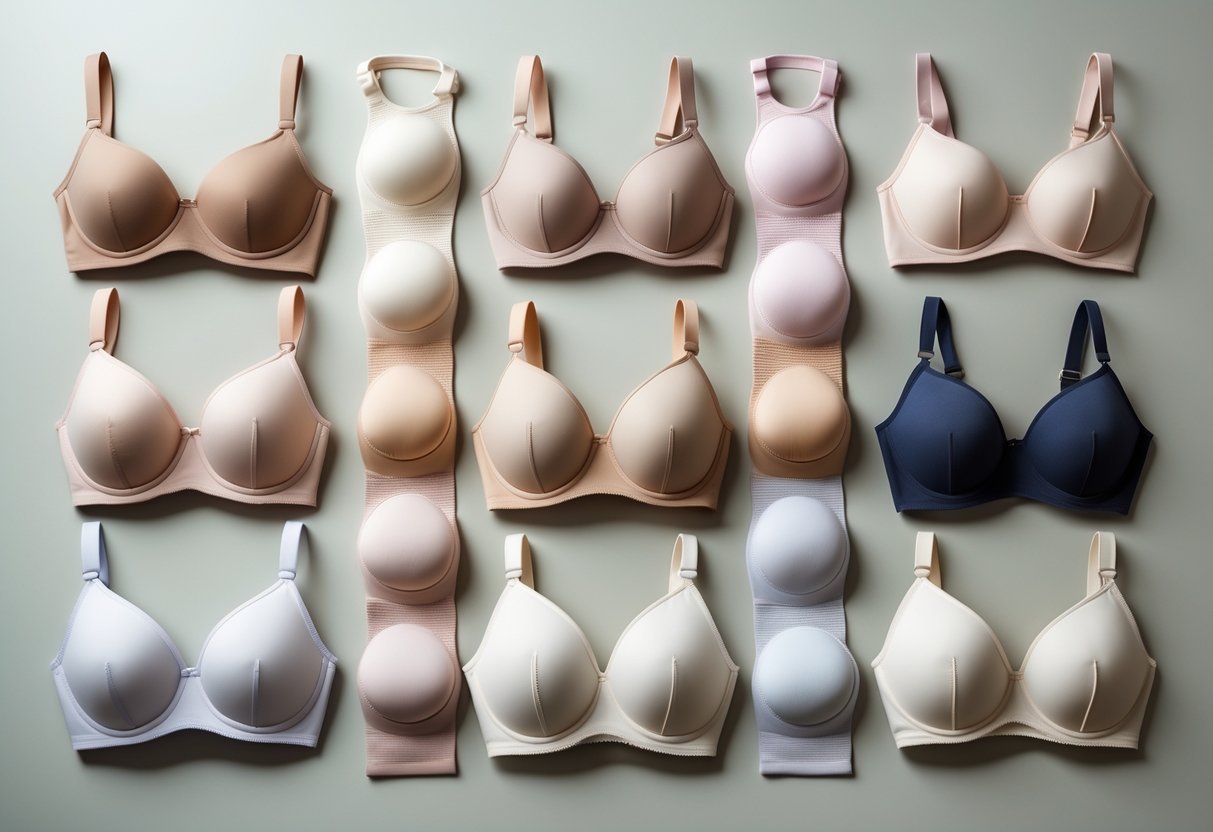
An underwire bra has a curved wire sewn into the fabric below each cup. This wire helps lift and support the breasts. It usually gives more shape than wireless bras.
The wire can be made from metal, plastic, or resin. Metal underwires are common because they offer good support and hold their shape well. Plastic wires are often found in cheaper bras or swimwear since they do not rust.
Underwire bras come in many styles. Some have flexible wires or special materials like memory wire that bend for comfort. They are popular for everyday wear and formal occasions because they provide a defined shape.
This type of bra can suit many body types. It works well for those who want more support or a structured look. However, fit is important—an ill-fitting underwire bra can cause discomfort or digging into the skin.
Bra Fitting and Sizing Essentials

Finding the right bra size starts with accurate measurements and understanding how bras should fit. Knowing common fit issues and how to correct them helps improve comfort and support.
How to Determine the Right Bra Size
To find the right bra size, begin by measuring the band size. Use a tape measure under the bust, keeping it snug and level. If the measurement is an odd number, round up to the next even number.
Next, measure the bust at its fullest point, again keeping the tape level. Subtract the band measurement from the bust measurement to find the cup size.
| Difference (inches) | Cup Size |
|---|---|
| 1 | A |
| 2 | B |
| 3 | C |
| 4 | D |
| 5+ | DD or larger |
It helps to try on bras in different styles and brands, as sizes can vary. Learning sister sizes can offer more options by adjusting band and cup volume.
Common Fit Issues and Solutions
If the band rides up, it may be too loose. A tighter band often provides better support. Cups that spill over mean the cup size is too small. Moving up a cup size can fix this.
Gaps or wrinkles in the cup suggest the cup is too big or the style does not suit the breast shape. Adjusting style or size improves the fit.
Straps digging into shoulders often signal the band is too loose, making straps support too much weight. Loosen straps or choose a smaller band size to solve this.
If the center gore (middle part) does not lay flat, the cup size or style might be wrong. Trying different bras with varied cup shapes can help.
Choosing the Ideal Bra for Your Lifestyle
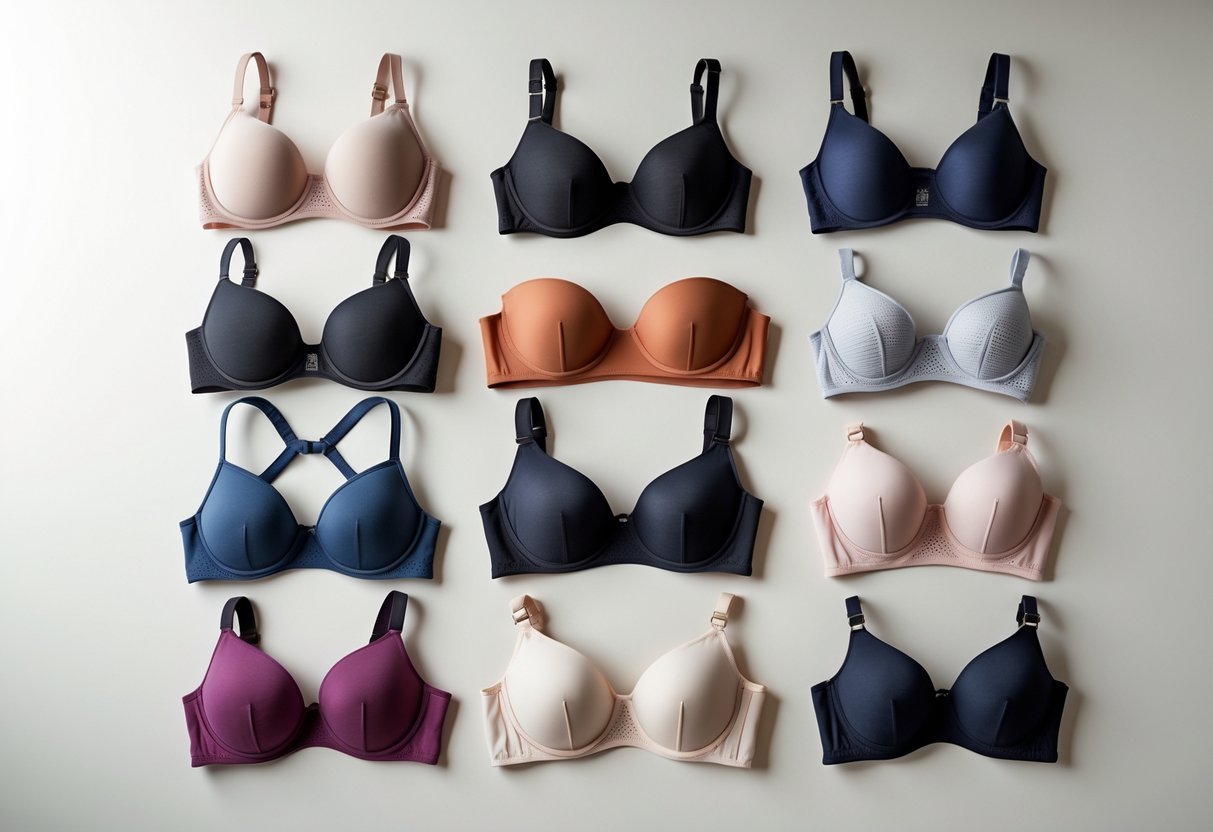
Selecting a bra means balancing how much support is needed with the comfort level suited to daily activities. Proper care helps keep bras in good shape and extends their usability. These factors are key to making the right choice and maintaining it.
Support vs. Comfort Considerations
Support depends on breast size, activity level, and personal preference. Larger busts often need bras with stronger support features like underwires or wide straps. Smaller busts may be comfortable in lighter, wire-free styles.
Comfort involves fabric softness, bra shape, and fit. Stretchy materials like cotton or modal provide ease for everyday wear. For high-impact activities, sports bras with compression or encapsulation reduce movement and protect tissue.
Women should choose bras based on daily routines. For office work, seamless or lightly padded bras offer comfort and appearance. During exercise, moisture-wicking sports bras prevent irritation. Night bras or bralettes can promote relaxation and skin breathing.
Care Tips to Maintain Bra Longevity
Proper bra care begins with hand washing in cool water using gentle detergent. This prevents fabric damage and preserves elasticity. If machine washing, use a mesh laundry bag and select a delicate cycle.
Avoid the dryer. Instead, reshape bras and lay them flat to air dry. Heat can break down elastic fibers and distort the fit.
Store bras properly by stacking them with cups inside each other or hanging them. Folding padded or molded cups may cause dents or misshaping.
Replacing bras every 6 to 12 months is recommended, especially if they lose stretch or support. Regular care combined with timely replacement ensures bras continue to provide comfort and function.
Frequently Asked Questions
Understanding the right bra type depends on cup style, outfit needs, activity level, and specific personal situations. It also involves knowing how long to keep bras for good support.
What are the differences between a full cup and a demi cup bra?
A full cup bra covers most of the breast, offering maximum support and coverage. A demi cup bra covers about half to three-quarters of the breast, giving a more lifted look and is often used for low-cut tops.
How do I determine the ideal bra style for a particular outfit?
For tight-fitting shirts, a smooth T-shirt bra works well. Strapless bras are best for off-shoulder or strap-free tops. Push-up bras add cleavage for special occasions, while sports bras suit activewear or casual comfort.
Can a sports bra be worn for everyday activities, or is it just for exercise?
Sports bras provide support and comfort, so many wear them daily, not just during workouts. They reduce bounce and can feel more comfortable than wired bras for long periods.
What is the purpose of a plunge bra, and when should it be worn?
Plunge bras have a deep V-shaped neckline to enhance cleavage. They are ideal for low-cut tops or dresses where a regular bra would show.
Are there specific bras recommended for post-mastectomy wear?
Yes, post-mastectomy bras have pockets to hold breast forms or prostheses. They often provide gentle support and comfort for sensitive skin after surgery.
How often should I replace my bras to ensure proper support and fit?
Bras generally need replacing every 6 to 12 months, depending on wear and care. Over time, elastic stretches and support weakens, so the fit will change and less support will be given.

